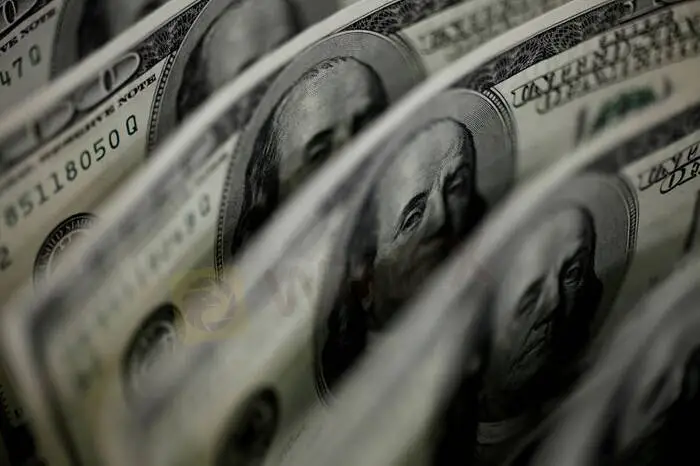简体中文
繁體中文
English
Pусский
日本語
ภาษาไทย
Tiếng Việt
Bahasa Indonesia
Español
हिन्दी
Filippiiniläinen
Français
Deutsch
Português
Türkçe
한국어
العربية
Dollar firms as U.S. inflation poses next test
Abstract:The dollar made a steady start to the week on Monday but was kept below Friday peaks, as currency traders seek a path between markets’ volatile interest rate projections and central bankers vowing to keep rates low even as inflation surges.
The dollar made a steady start to the week in Asia on Monday but stayed below Friday peaks, as currency traders seek a path between markets volatile rate projections and central bankers vowing a wait-and-see approach despite surging inflation.
The next big test of faith in the Federal Reserves insistence on patience looms on Wednesday, when U.S. inflation data is expected to show consumer growth running hot.
In the Asia session, the dollar was bid against the yen and clawed back some ground lost last week, rising 0.2% to 113.65 yen. The dollar also rose slightly on the euro to $1.1558, though remained below the 15-month top of $1.15135 made in the wake of strong U.S. labour data on Friday.
Sterling, which was walloped when the Bank of England (BoE) surprised traders by holding rates steady last week, hovered at $1.3478 after falling as far as $1.3425 on Friday, a five-week low.
The BoEs surprise triggered a sharp pullback in aggressive bets on imminent rate hikes in Britain and globally.
“Central banks have distorted a whole lot of markets, pumping up the equity market and pumping up the bond market,” said Jason Wong, a strategist at Bank of New Zealand in Wellington. “Currencies are sort of in the middle of all that, wondering what the hells going on.”
The risk-sensitive Australian and New Zealand dollars struggled to make much headway in early trade, with the Aussie pinned just below $0.74 and the New Zealand dollar around $0.7126. [AUD/]
The U.S. dollar index rose 0.1% to 94.308.
Later on Monday no fewer than six Fed officials are speaking, with the most attention likely to be on Vice Chair Richard Clarida who is talking on Fed and ECB policy.
Goldman Sachs, which recently pulled forward its Fed hike expectations from the third quarter of 2023 to July 2022, believes the earlier hike could support the greenback.
“We have reduced the degree of dollar depreciation in our forecasts, especially vs the euro,” Goldman analysts said, though they expect the dollar to weaken in 2023 and beyond.
Elsewhere, data showed Chinese exports were unexpectedly strong and imports unexpectedly soft in another indicator of underwhelming demand, especially as China tightens movement restrictions to keep a lid on COVID-19.
The Communist Party begins a meeting on Monday which is expected to pass a resolution in praise of President Xi Jinping and lay the groundwork for a third term of his leadership.
Traders are also looking ahead to Chinese producer and consumer price data due on Wednesday, with annual producer price growth seen surging to 12% in perhaps a harbinger of further price pressure to come through global supply chains.
The yuan was steady at 6.3958 per dollar.
(Reporting by Tom Westbrook; Editing by Himani Sarkar)

Disclaimer:
The views in this article only represent the author's personal views, and do not constitute investment advice on this platform. This platform does not guarantee the accuracy, completeness and timeliness of the information in the article, and will not be liable for any loss caused by the use of or reliance on the information in the article.
WikiFX Broker
Latest News
JUST Finance and UBX Launch Multi-Currency Stablecoin Exchange
XM Revamps Website with Sleek Design and App Focus
Global Shift in Cryptocurrency Taxation: Italy and Denmark Chart New Paths
Webull Introduces 24/5 Overnight Trading to Extend U.S. Market Access
TradingView & Mexico’s Uni. Partnership, to Enhance Financial Education
Something You Need to Know About SogoTrade
eToro Launches Global-Edge Smart Portfolio: A Balanced Approach to Growth and Stability
Darwinex advises traders to update MT4 & 5
Revolut X Expands Crypto Exchange Across Europe, Targeting Pro Traders
Broker Review: Is Exnova Legit?
Currency Calculator


